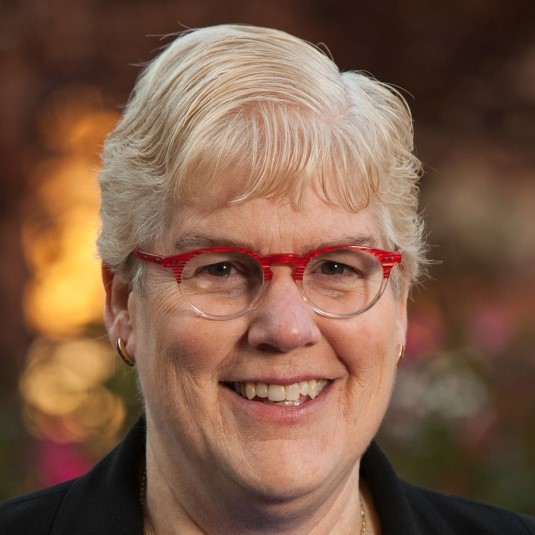
Have you ever stood up too fast, felt dizzy, and nearly lost your balance? Well, it turns out those issues are related and provides a glimpse of the debilitating conditions that millions of patients around the world live with every day.
Researchers and clinicians in the Departments of Otolaryngology and Physical Therapy at the University of Pittsburgh School of Medicine are taking years of research to the next level as they work to enhance and improve diagnosis and treatment of balance and dizziness disorders.
“We need to learn to treat everybody differently because every patient comes with their own set of problems,” says Susan L. Whitney, DPT, PhD, NCS, ATC, FAPTA, Co-director, and Professor in the Department of Physical Therapy at the University of Pittsburgh.
Some of the problems patients experience are:
- Falls
- Social isolation
- Weakness
- Fear of being dizzy
- Sadness and/or anxiety
Ultimately, these side effects lead to a more inferior quality of life for patients with these disorders.
“The longtime consensus was obviously that balance and dizziness cause falls,” says Dr. Whitney, who also holds an appointment in the Department of Otolaryngology, “but it wasn’t until about 20 years ago when we were able to get hard data that showed us proof of this connection and allowed us to start expanding what we could do to help patients.”
A New Age in Balance and Dizziness Treatment
Doctors are now embracing the technology that we all carry with us daily. Telehealth appointments allow doctors and patients to consult at the push of a button, allowing streamlined communication about falls, side effects, etc.
Dr. Whitney and her team are also partnering with the Department of Defense on a state-of-the-art program called VestAid, a mobile app designed to provide feedback to patients and physicians on exercise performance. In addition to teaching and encouraging patients to perform balance improvement exercises, the program also supplies doctors with essential data that will continue to shape the diagnosis and treatment of these disorders.
With the expanding use of technology, as well as traditional and in-person evaluations and treatment strategies such as new walking tests, directed energy exposure, and exercise prescription, Dr. Whitney and her team will continue to improve care for persons living with inner ear and balance problems.
This innovative research is only made possible with support from generous donors to the Eye & Ear Foundation. If you would like to be a part of this groundbreaking work, please consider making a gift at eyeandear.org to help support our research.
